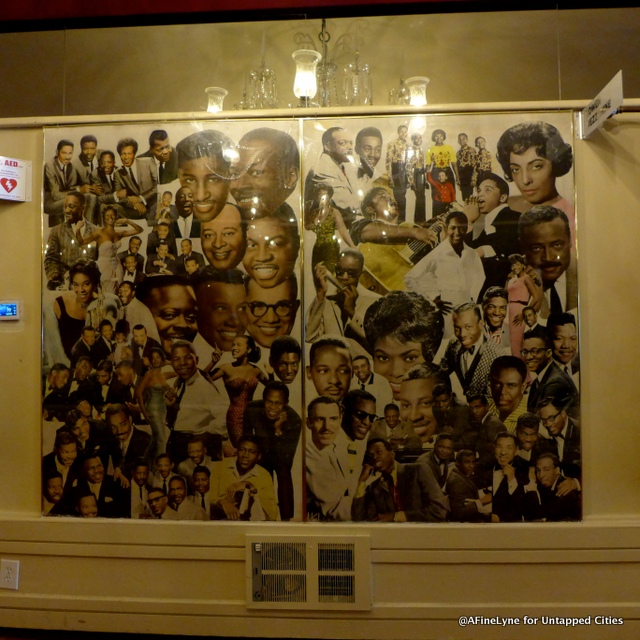8. The Apollo Was the First Theater to Allow a Mixed-Race Audience

The end of burlesque created the beginning of new programming, and along with that, a change in name. Sidney Cohen and his partner, Morris Sussman, reopened the theater in 1934. The Harlem Renaissance and African-American music and entertainment were to take center stage. The name for this new venue would come from the Greek God, Apollo, the God of music, poetry and the sun. The Apollo Theater would shine its spotlight on all that African-American culture had to offer, and become the first theater to allow a mixed-race audience. It was the only theater in the city to hire blacks for backstage jobs, and it became the largest employer of black theatrical workers in the nation.
The Master of Ceremonies, Ralph Cooper (1908-1992) put together what was called a “Colored Review”, which included everything from jazz, to the poetry of Langston Hughes, Benny Carter’s Orchestra, and the Apollo Chorus Girls. It is worth noting that the Apollo Chorus Girls went on strike in the 1940s, winning an increase in salary from $22.50 to $25.00 per week. Music from Audition Night was broadcast over radio station WMCA and carried on a national network of twenty-one stations. Frank Schiffman and Leo Brecher took over the Apollo in 1935, and the two families would operate the theater until the late 1970s.





